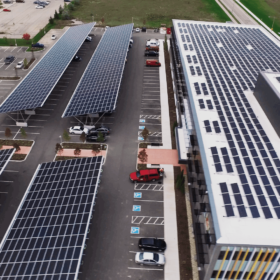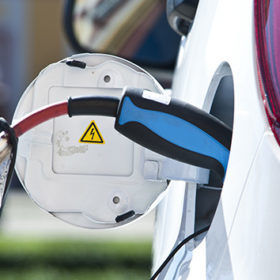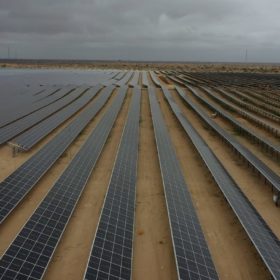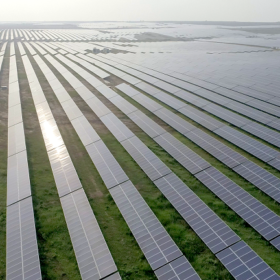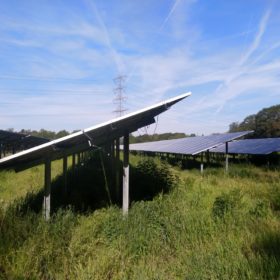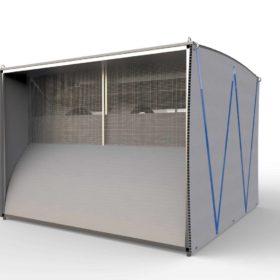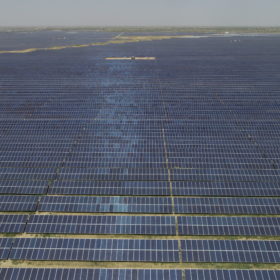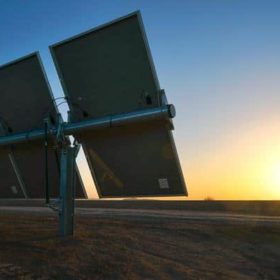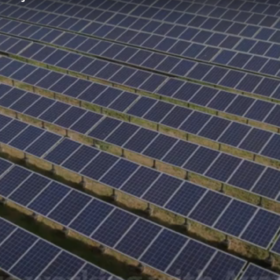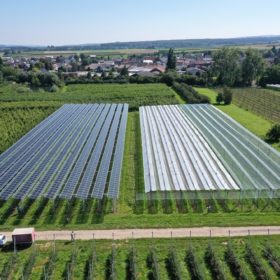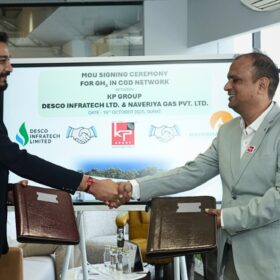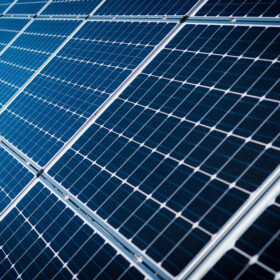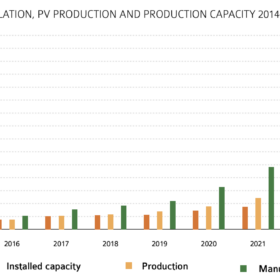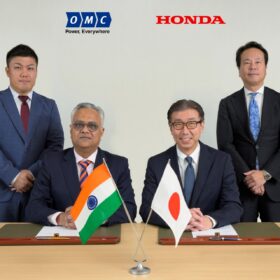U.S. decarbonization goals hinge on scaling up heterojunction cell tech
HJT technology could fill an innovation gap in the residential and commercial rooftop PV market, and boost U.S. solar leadership through domestic manufacturing of cells and modules.
Analyst predicts 2030 bidding war for dead EV batteries
A lack of end-of-life batteries this decade is likely to play into the hands of Chinese recyclers located near most of the world’s production facilities, according to analyst WoodMac, but might at least help rebalance the current situation in which new products are cheaper than recycled ones.
2021 could be India’s best-ever year in new solar addition
With 7.4 GW of new solar already installed in the first nine months, the year 2021 is headed to become one of the best years on record for new solar installation in India.
Madhya Pradesh producing more than 5.3 GW of solar power daily
The State is now self-sufficient in power generation with 22 GW of electricity produced per day from sources including water, coal, wind, and sun.
Virescent acquires 55 MWp of operating solar assets from Focal Energy
The acquisition is in line with Virescent’s strategy to acquire operational renewable energy assets that have stable long-term cashflows with government counterparties across India.
Hybrid wind-solar generator for rooftop applications
French startup Wind my Roof has developed a new wind power system equipped with two rooftop PV modules. It is currently testing a prototype in Paris.
Over 90% of India’s solar and wind projects received investment-grade ratings in 2020
An analysis by the CEEW Centre for Energy Finance reveals that India’s renewable energy sector has made significant progress on the back of policies that have helped mitigate several risks for solar and wind project investors.
American bank to lend $500 million for First Solar’s 3 GW fab in India
The debt finance from U.S. International Development Finance Corporation will support the thin-film solar manufacturer’s 3 GW/ annum module manufacturing facility coming up in Tamil Nadu.
Ayana Renewable Power commissions 150 MW solar in Rajasthan
The Bengaluru-based renewable energy developer has commissioned part capacity of its 300 MW solar project in Bikaner.
The case for agrivoltaics in India
Given 60% of India’s land area is farmed, agrivoltaics (pairing solar with farming) holds special promise for the nation to accelerate its transition to clean energy. However, the roll-out of agrivoltaics in India cannot proceed without addressing the various policy and regulatory challenges.
